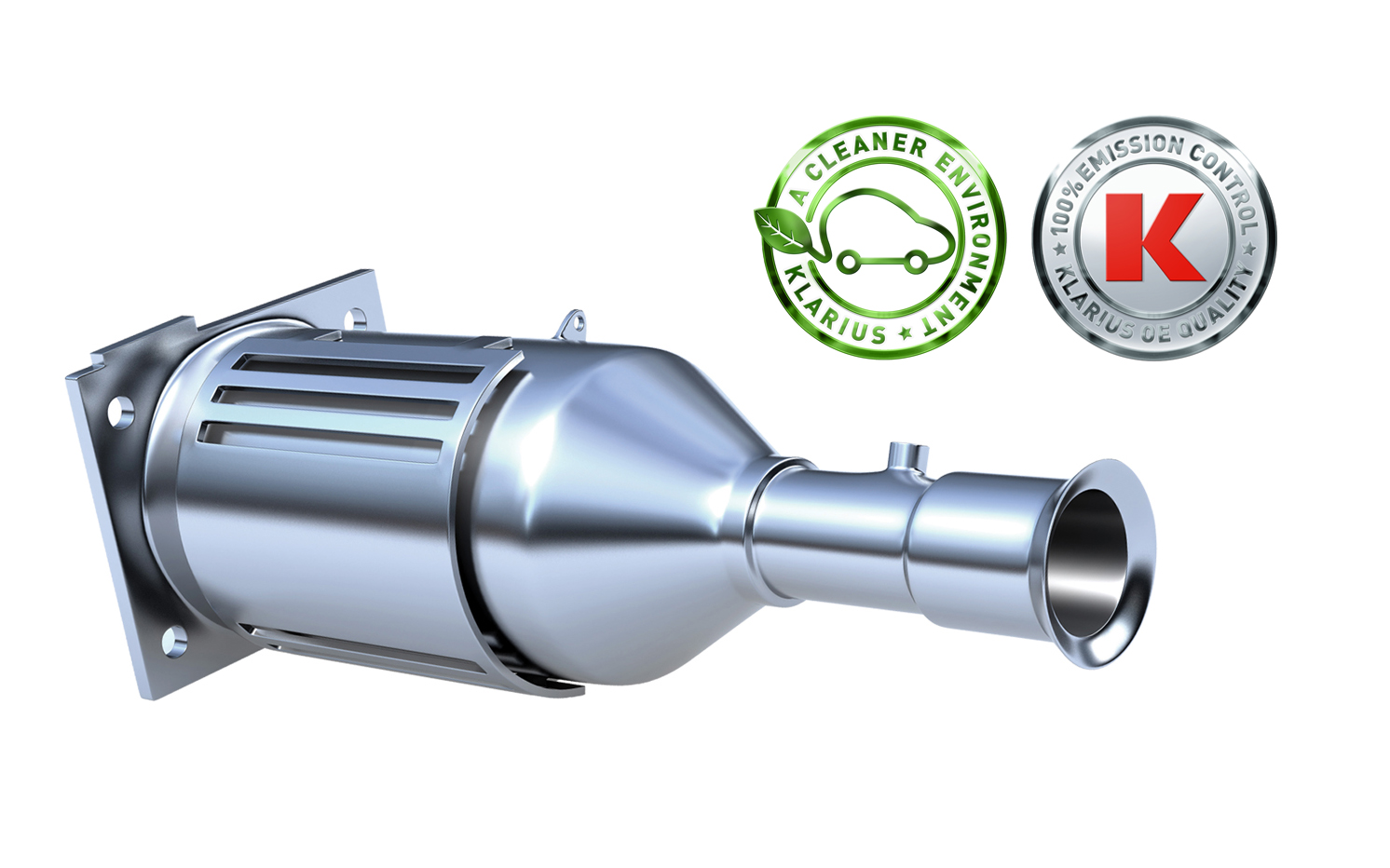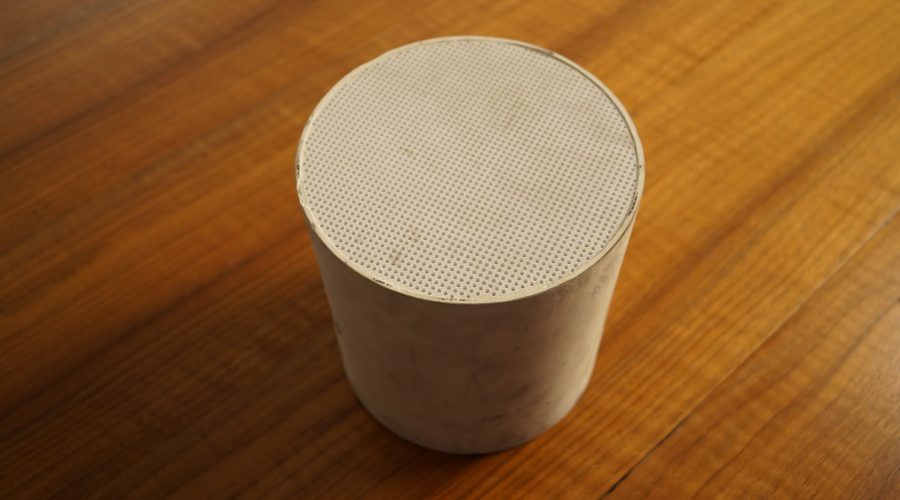Klarius R&D Centre Manager Doug Bentley compares aftermarket DPFs in order to show what makes for a good quality replacement. This is something that it is increasingly important to know in order to ensure optimum emissions results from your car and avoid operational problems down the line. You can also watch Doug provide the answers as he’s made a short explanatory video…
How does a DPF work and why is it a replacement item?
A DPF is essentially a ceramic or metallic filter that collects soot from exhaust gases, what many people don’t realise is that it is also a service component. Over time DPFs will fill-up with soot and other particulates from combustion and will periodically go through a regeneration (cleaning) cycle where the soot – which is mainly carbon, is burned off. This process creates a small amount of ash each time it happens, which will eventually block the DPF and it will require replacing.
When this point is reached can vary widely; cars that have particularly dirty engines and are taken only on short journeys where the engine temperature rarely reaches ideal operating conditions (high exhaust gas temperature) will create more soot, fill the DPF more often, regenerate more often and become full of ash more quickly.
It is possible to need replacement after just 20k miles, but more often it happens around the 60 – 80,000 miles mark. For some vehicles with leaner burning engines, doing long journeys the DPFs might never need replacing and can last 150,000 miles in extreme cases – what still remains is that many vehicles will require a replacement at some point during their life.
You won’t find a DPF on a petrol fuelled car – the ‘D’ stands for diesel, however many modern diesels will have both a DPF and a CAT in order to meet ever stricter emissions standards. In some cases the units are separate and can be replaced individually, but many are combined into one part and increasingly the trend is to move both nearer to the exhaust manifold so that they get up to working temperature sooner.
Some models including recent Fords, BMWs and VW Group cars have combined both filter and catalyst into the same canister and made it part of the exhaust manifold itself. This does protect the unit more from cold splashes and mechanical impacts, but it is more expensive to replace if engine running issues cause damage.
What are the quality differences between units made by different manufacturers?
It is worth noting that the difference in quality between a poor aftermarket replacement and a premium unit such as a fully type-approved one made in the UK by Klarius might not be so obvious from the outside but can be night-and-day on the inside, even though prices are likely to be very similar. Both CATs, DPFs and combined units from Klarius have full-size monoliths and plenty of precious metal surface coating on the CATs that makes the catalytic process actually work.
Most aftermarket replacements are ceramic, as are the originals which means you are replacing like-for-like when you choose a good quality aftermarket replacement, it’s also likely to be an order of magnitude less expensive than a manufacturer supplied OE item.
Some poor quality replacements have smaller volume ceramic monoliths – half size in some cases and are far less effective as a result – steer clear of these units as they will invariably cause the engine warning light to come on soon after they have been fitted, due to the engine monitoring the performance.
What causes DPFs to fail?
Premature failure modes are more common with DPFs than CATs due to the short journeys undertaken by many city and family cars. A CAT for example, given ideal operating conditions will not fill-up or wear out, it should – in theory last the life of the car.
What tends to happen with DPFs is that repeated short journeys don’t allow the engine to complete a burn-off process in the DPF, so it becomes full of soot far sooner than it will fill-up with ash. The vehicle will show a warning light and the problem has to be investigated. Use of a fuel additive and a good run at higher engine speeds for 20 mins or so can sometimes force a DPF to regenerate, but often the damage is done and the blockage can’t be cleared, which means replacement is required.
Engine issues can cause terminal problems for both CATs and DPFs both of which usually employ ceramic internals; over-fuelling for example can cause very high temperatures due to unburnt fuel exiting into the already hot ceramic brick and igniting thereby melting the core.
Other engine issues that cause oil to be blown out of the exhaust manifold can quickly block the monolith and stop it working, creating high back pressure and an engine warning, limp home mode or a complete engine shut-down.
There is also mechanical damage to consider, although less frequent, stones thrown up from the road can shock fracture the brick casing, as can direct impacts from speed humps. Temperature shock caused if a hot DPF is doused in water on a very cold day for example can also have the same effect. In all cases the damaged unit will require replacement.




